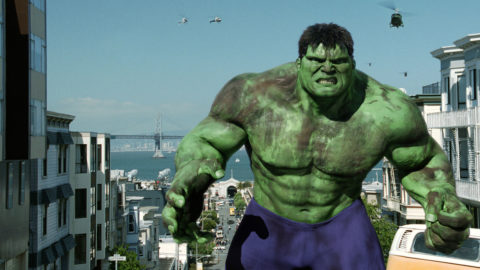By Nicolas Rapold in the November-December 2016 Issue
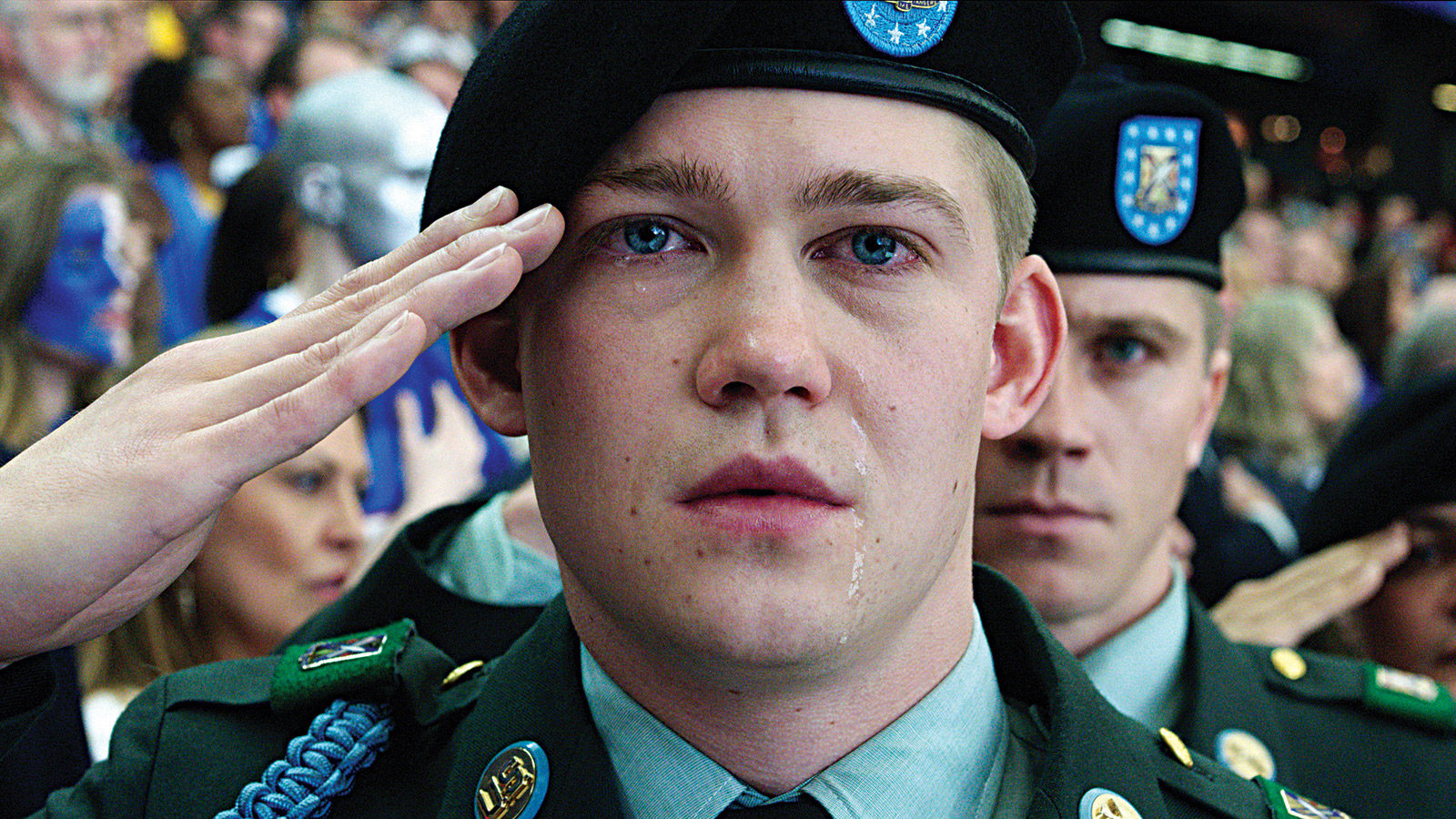
Review: Billy Lynn’s Long Halftime Walk
(Ang Lee, USA, Sony, Opening November 11)
Across the U.K. this November, Abel Gance’s Napoleon is showing in a freshly scored five-and-a-half-hour digital restoration reviving the triple-screen climax that first blew minds in 1927. Gance’s bravura techniques, which encompassed an array of adventurous camerawork, reportedly helped inspire the anamorphic lens that would be crucial to the creation of Cinema-Scope. And so one spectacle begot a fresh lineage of others, till the pursuit of bolder-stronger-truer cinema led us through the years—by way of 3-D, high-def, high frame rates, sheer studio muscle—to the latest larger-than-life experiment: Billy Lynn’s Long Halftime Walk. “Have an open mind,” director Ang Lee implored at the New York Film Festival, where his film had its world premiere, “and give it a chance.”
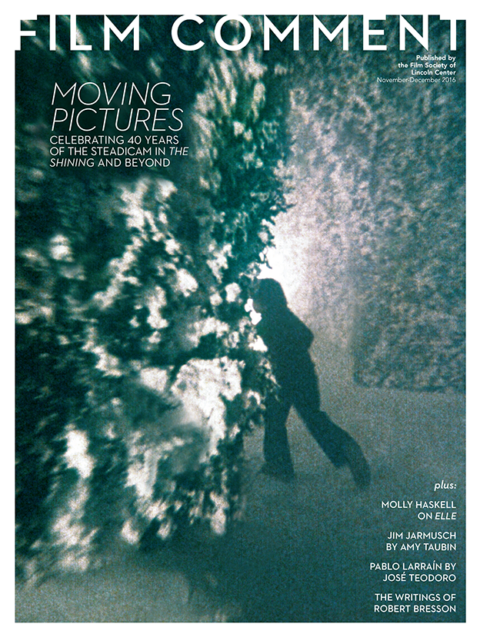
From the November-December 2016 Issue
Also in this issue
It’s not often that one sees a director as nakedly anxious as Lee appeared at the screening I attended, in a custom-equipped AMC Lincoln Square theater a couple of blocks from the festival’s home base. Drawing out his introduction, the Academy Award–winning filmmaker seemed reluctant to leave the stage and let the movie begin, and if you’ve read some of the finicky insta-reviews of his homecoming drama that followed, you might understand why. Lee’s envelope-pushing gambit—shooting in 3-D at 120 frames per second, at unsparingly lucid 4K resolution—has been treated by many as some kind of obstacle rather than the integrated artistic technique it is. The price of filmmaking has always been that the most intimate of artistic risks occur on such a big, big screen; at a press talk the morning of the screening, Lee compared the postproduction for different versions of the film to making love over and over again.
No doubt, Lee’s frank adaptation of Ben Fountain’s 2012 best-seller wears its heart on its sleeve—but the pangs of emotional exposure and abandonment are the film’s very lifeblood. Its jarhead protagonist Billy Lynn (Joe Alwyn) returns to Texas from his Iraq tour as a conquering hero in 2004—the man in the Bravo Squad who lugged their mortally wounded Krishna-loving sergeant (Vin Diesel) off the battlefield during a firefight. Instead of a simple homecoming, Billy and his fellow Bravos, including surviving sergeant Dime (Garrett Hedlund), are to be trotted out as patriotic mascots at a football game. A Hollywood agent (Chris Tucker) shadows them, glued to a cell phone pleading for some Bravo Squad biopic that sounds unlikely. And so, although present, flesh-and-blood, and safe, Billy and his buddies exist as useful symbols of America: the basic plot consists of their uniformed selves being transported from one place to another, from party Hummer to press conference to stadium center stage.
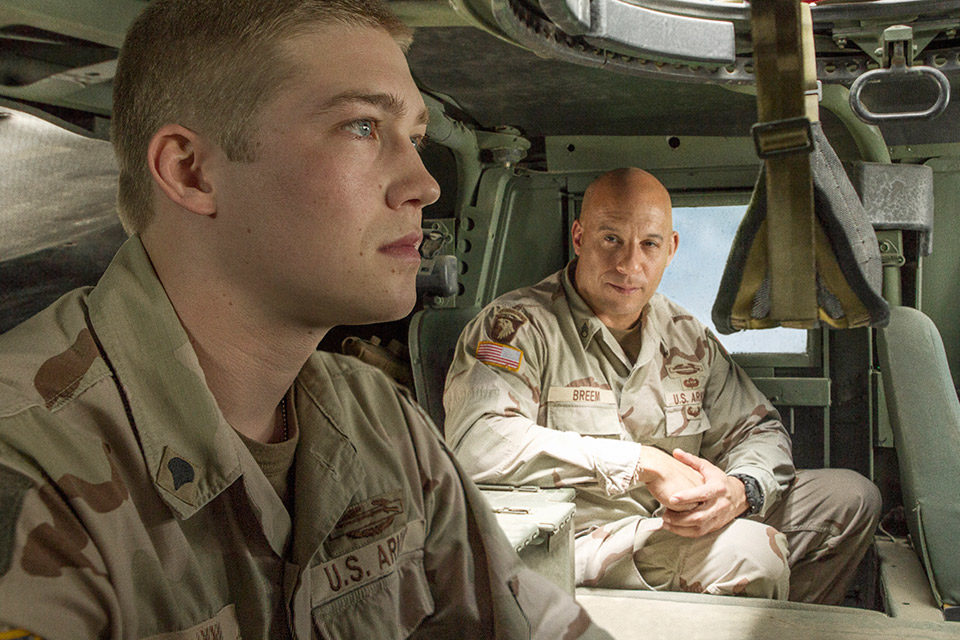
The first thing that strikes you about Alwyn as Billy is how pink he looks. Here it’s high time to marvel at the candidness allowed by the use of high-definition by Lee and cinematographer John Toll: observing these actors’ faces, even at rest, is like watching the surface of a lake, noticing it ripple with a breeze. Put another way: you see, physiologically, when a character has been crying in this film, for a few seconds after. And Alwyn inhabits his role so vulnerably that he can work at the subtle register required, remarkable for such a newcomer—as a sensitive instrument posed in front of another sensitive instrument, his eyes like a feature-length inheritor to those close-ups of John Garfield in The Pride of the Marines. The same goes for Kristen Stewart, slipping into a small but crucial role as Billy’s protective sister Kathryn, who tries to convince Billy to obtain an honorable discharge rather than ship out again.
Lee’s switchback narrative structure runs along three time frames: the Bravos’ long march to the stage, where Destiny’s Child will dance before them, alternates with Billy’s flashbacks to fighting and camaraderie in Iraq, and with time spent with his family, who are averse to political controversy at their dinner table (except for Kathryn). The reliance on Billy and Kathryn’s sibling attachment might get clunkier as the screenplay grinds on—as does a sprouting plot centering on a puffy Steve Martin as the moneybags behind the curtain who offers to bankroll the Bravo movie but would pay the soldiers a pittance. But Lee recognizes the traumatic logic that binds his story. Each associative edit to the past indicates some psychic mark—from the quiet tumult of Billy’s young but overflowing mind, or the normal adolescent libido that sends him fantasizing about a cheerleader (Makenzie Leigh) during the anthem at the football game. Billy Lynn’s Long Halftime Walk actually courses with strange countervailing forces—between the temporal dislocation of the multinarrative cuts, the rawness of faces shown often in head-on shots that don’t let us look away, the satirical swirl in and around the action, and the perpetual existential sense of Billy being onstage and backstage, somebody and no one.
And whatever else might be said about the sometimes stolid interior scenes—possibly a reflection of the rigor required for shooting at these whisker-sensitive resolutions—the halftime show with its band and dancers is nightmarishly good, a feat of deep staging in which Billy disappears in plain sight. The film’s gloves also come off with that showtime, when aggressive stage hands show zero respect for the Bravos, behavior that is the perennial flip side to a veteran’s welcome. But even before then, Hedlund’s wisecracks as Dime let loose a steady stream of self-protective sarcasm beneath all the backslapping profanity that knits together the squad. The Life of Pi Lee of Hollywood-magic pageantry is never too far from the Ice Storm Lee.
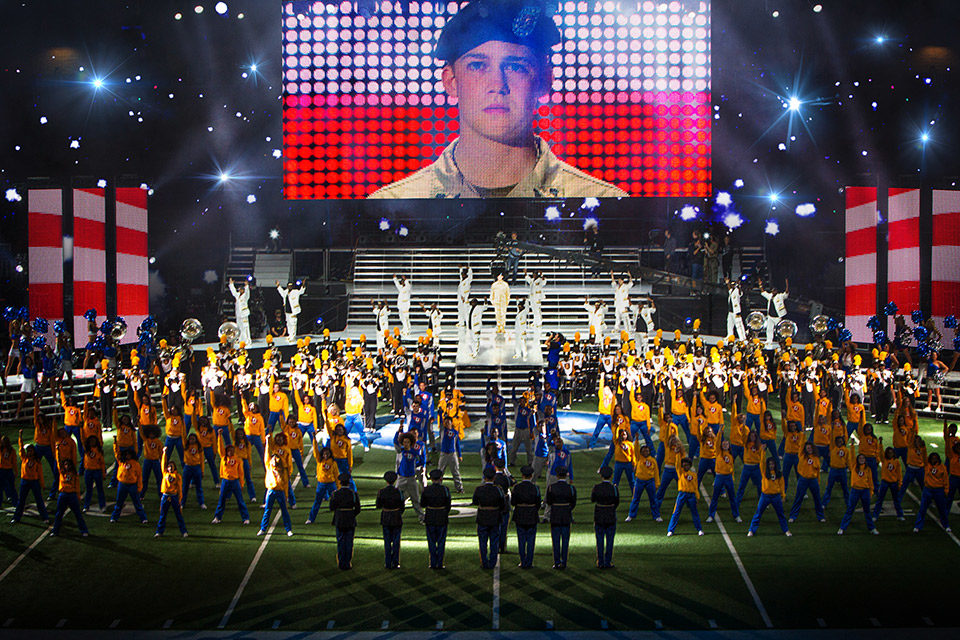
Some may be unable to see past the Avatar-grade visual intensity of scenes that can hum with a stage-like sense of presence. But where the high-frame-rate TV-news pellucidity of Peter Jackson’s The Hobbit clashed with the fantastical subject, it’s a prime fit here for Alwyn’s tenderness and the close-to-the-bone tenor of tough but wounded soldiers. Where then do we go from here? For young men like Billy, that’s an open question, but for cinema, wherever it leads, Lee has blazed a trail and taken a risk, which is more than one can say for so very many.




